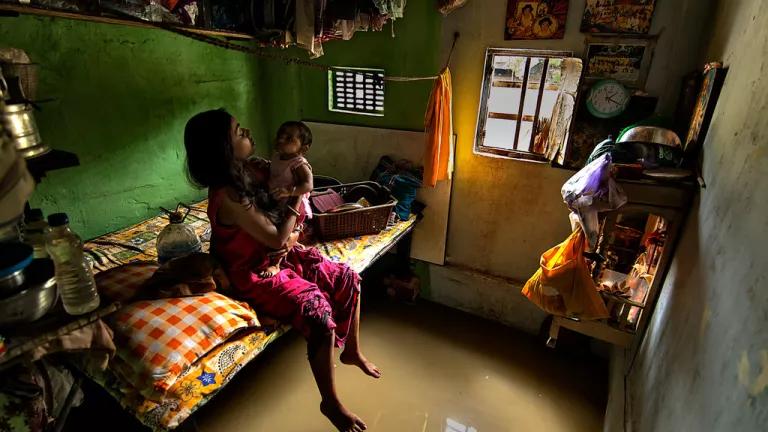Over the past decades, several infectious diseases have increased in incidence and expanded into new geographic areas. There are multiple factors that contribute to the spread of disease, including increasing urban population density, more international travel, and widespread international import/export of goods. Global warming threatens to further exacerbate the spread of many infectious diseases because increases in heat, precipitation, and humidity can foster better conditions for tropical and subtropical insects to survive and thrive in places previously inhospitable to those diseases.
New NRDC analysis finds that two types of mosquitoes capable of transmitting dengue fever can now be found across at least 28 states. As temperatures rise, the potential for transmission of this dangerous disease may increase in vulnerable parts of the United States as warmer temperatures and changing rainfall conditions expand both the area suitable for the mosquito vectors and the length of the transmission season. An estimated 173.5 million Americans live in counties with one or both of the mosquito species that can transmit dengue fever.
We already know inevitable climate change impacts are projected for the next 50 to 100 years. Investing now in enhanced environmental monitoring and improved health reporting can help us understand the relative contribution of factors (both related and unrelated to climate) influencing infectious diseases and strengthen our climate-health preparedness, both now and for the future.


